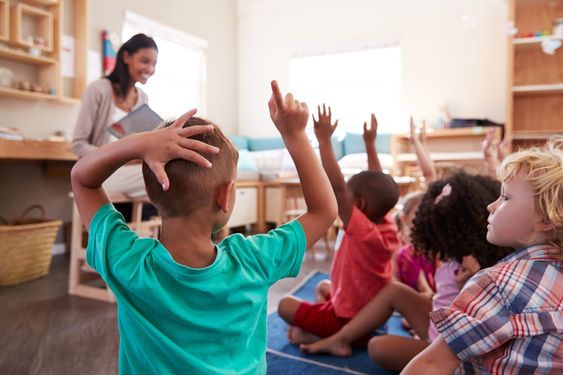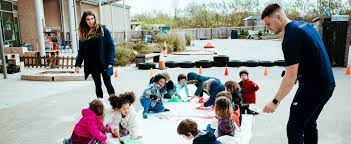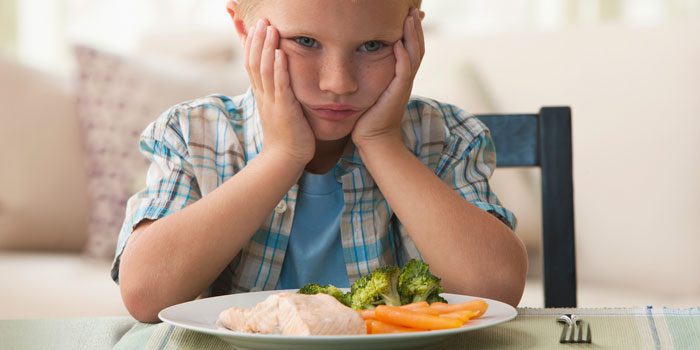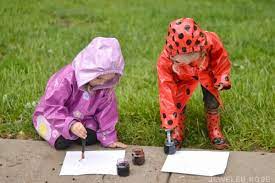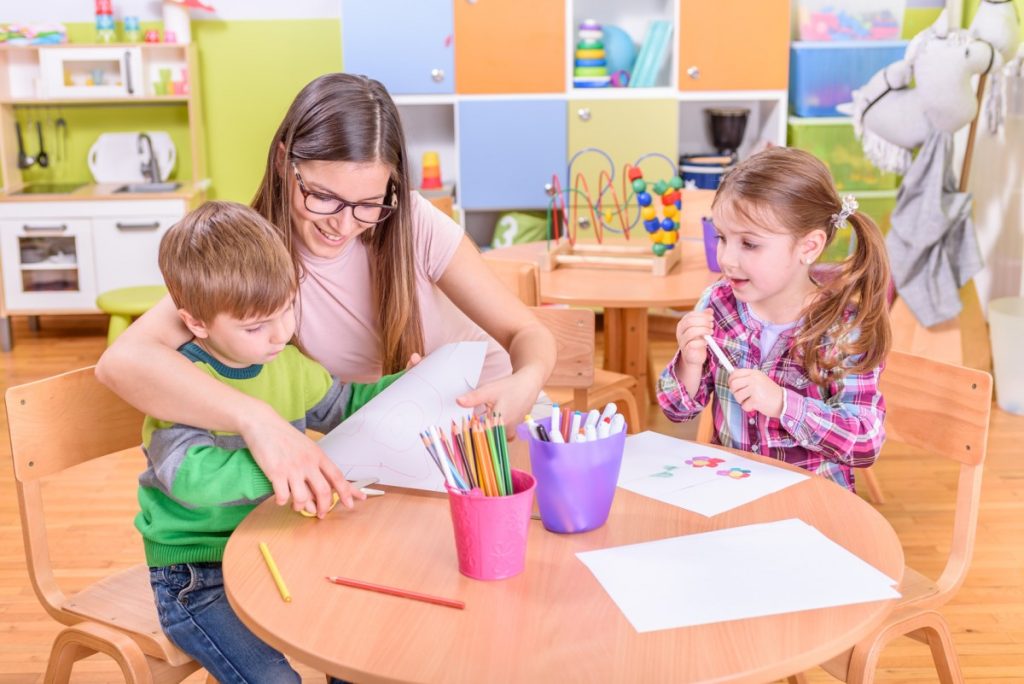In today’s fast-paced world, emotional safety has become a crucial element in maintaining healthy relationships and overall well-being. Emotional safety refers to the ability to express one’s thoughts and feelings without fear of being judged, rejected, or invalidated. This sense of security fosters trust, deeper connections, and mutual understanding among individuals, making it an essential aspect of human interaction.
Understanding Emotional Safety
Emotional safety is often overlooked in favor of physical or material security. However, it plays a vital role in a person’s mental health and is a fundamental building block for strong relationships. Fostering emotional safety requires empathy, active listening, and respecting one another’s boundaries.
Benefits of Emotional Safety
1. Strengthened relationships: Open communication is crucial for strengthening bonds within families, friendships, and romantic partnerships. When people feel emotionally safe with one another, they are more willing to share their authentic selves and be vulnerable.
2. Improved mental health: Emotional safety helps reduce anxiety and stress caused by the fear of judgment or ridicule. In turn, this lowers the risk of developing mental health issues such as depression, anxiety disorders, and post-traumatic stress disorder (PTSD).
3. Enhanced emotional intelligence: Building emotional safety in relationships encourages individuals to develop empathy and become more emotionally attuned to themselves and others around them. This improves one’s ability to navigate complex emotions effectively.
4. Increased trust: A secure environment built on the foundation of emotional safety allows individuals to trust that their feelings will be acknowledged and validated by others. This trust enables open communication about personal needs and stronger interpersonal bonds.
5. Positive conflict resolution: Emotionally safe environments enable individuals to address conflicts proactively and constructively without resorting to harmful expressions or actions.
Creating Emotional Safety
Developing emotional safety requires continuous effort from all parties involved in the relationship. The following steps can help create environments where people feel secure in expressing their feelings.
1. Establish open communication: Encourage your loved ones to share their thoughts and feelings without fear of judgment or criticism. Practice active listening and show genuine interest in what they have to say.
2. Validate emotions: Acknowledge the emotions of others by validating their experiences, even if they differ from your own. This helps develop trust and understanding.
3. Set healthy boundaries: Be clear about expectations and limitations within relationships, which fosters respect between parties.
4. Show empathy: Putting yourself in someone else’s shoes can make it easier to understand their emotions and offer support when needed.
5. Create a supportive atmosphere: Encourage individuals to express themselves, whether through creative outlets or vocalizing their emotions, without the fear of being dismissed or ridiculed.
In summary, emotional safety is a critical component in maintaining healthy relationships and holistic well-being. By establishing an environment where individuals can express themselves authentically, we pave the way for stronger bonds, improved mental health, and better understanding between people from all walks of life.
